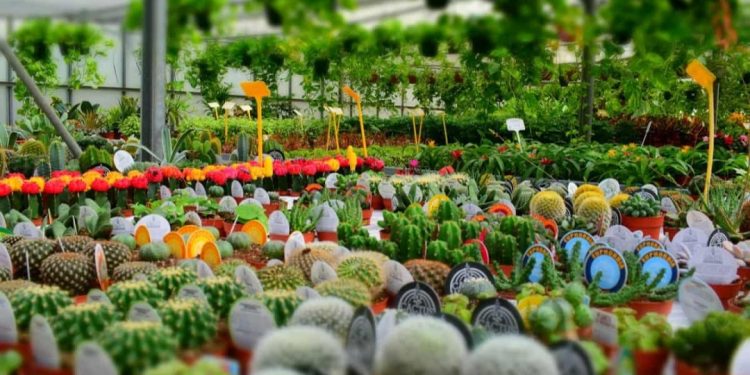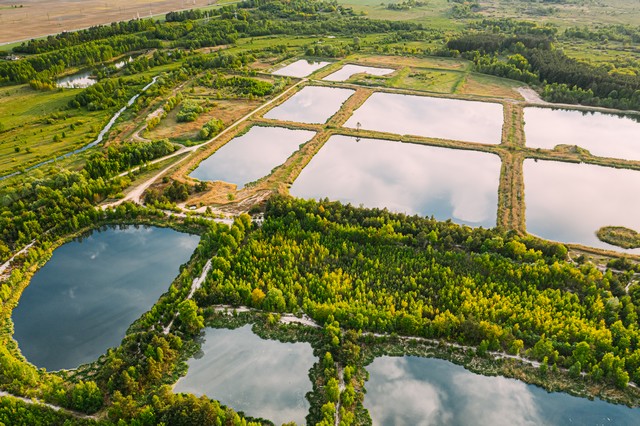Entrepreneurs and investors eyeing innovative and sustainable agricultural opportunities need look no further than the burgeoning trend of rooftop greenhouses. As urban areas grapple with space constraints, these elevated farms offer a novel solution to produce fresh, local vegetables while maximizing land use and contributing to environmental sustainability.
Optimizing Land Use and Providing Fresh Produce
Rooftop greenhouses represent a pivotal shift in urban agriculture, transforming unused rooftops into productive farming spaces. This approach addresses several critical urban challenges:
- Maximizing Space Utilization: In densely populated cities, where space is at a premium, rooftops provide an ideal platform for year-round food production.
- Local Food Supply: Urban communities benefit from access to fresh, locally grown fruits, vegetables, and herbs, reducing dependency on long supply chains.
- Lower Transportation Emissions: Growing produce locally minimizes transportation distances and associated carbon footprints, contributing to a more sustainable urban environment.
Environmental and Economic Benefits
The advantages of rooftop greenhouses extend beyond fresh produce:
- Improved Air Quality: Green roofs and rooftop greenhouses help absorb air pollutants, enhancing urban air quality.
- Temperature Regulation: Vegetation on rooftops can mitigate the urban heat island effect by regulating building temperatures, reducing the need for energy consumption for heating and cooling.
- Building Insulation: Green roofs provide additional insulation, potentially lowering energy costs and increasing building efficiency.
Addressing the Challenges
Despite their numerous benefits, rooftop greenhouses face several challenges:
- Structural Capacity: Ensuring rooftops can support the weight of greenhouses, soil, and plants is crucial. Structural engineering assessments are necessary before installation.
- Initial Investment: The upfront costs of installing and maintaining rooftop greenhouses can be significant, although long-term savings and benefits can offset these expenses.
- Sunlight and Water Access: Proper planning is essential to ensure that rooftop greenhouses receive adequate sunlight and water, critical for plant growth.
Suitable Crops for Urban Rooftop Greenhouses
Certain crops are particularly well-suited for urban rooftop production due to their growth characteristics:
- Leafy Greens: Crops like lettuce, spinach, and kale are ideal due to their compact size and fast growth cycles.
- Herbs: High-demand herbs such as basil, mint, and cilantro thrive in rooftop greenhouses.
- Microgreens: These nutrient-packed plants are perfect for urban farming, requiring minimal space and offering quick harvest cycles.
- Fruits and Vegetables: With proper planning, fruits like tomatoes, peppers, and strawberries can flourish in rooftop greenhouses.
Key Considerations for Success
For rooftop greenhouse projects to thrive, several factors must be considered:
- Structural Engineering: Ensuring the building can support the additional weight is foundational to any rooftop greenhouse project.
- Design and Construction: Greenhouse design should optimize sunlight exposure, ventilation, and accessibility for maintenance.
- Water Management: Efficient irrigation systems are crucial for maintaining plant health and minimizing roof load.
- Climate Control: Systems for heating, cooling, and ventilation are necessary to maintain optimal growing conditions throughout the year.
The Future of Rooftop Greenhouses
The future of rooftop greenhouses is bright, with advancements in technology and increasing support for urban agriculture initiatives:
- Advanced Technologies: Integration of hydroponics and vertical farming can enhance efficiency and yield.
- Government Incentives: Policies and incentives can encourage the development of more rooftop greenhouse projects.
- Integration with Building Systems: Utilizing rainwater capture and waste heat from buildings can improve the sustainability and efficiency of rooftop greenhouses.
Cultivating a Greener Future
Rooftop greenhouses are more than just a method of local food production; they represent a step towards sustainable urban development. By optimizing land use and promoting green infrastructure, these projects enhance urban living standards and foster community connections. As technology advances and urban agriculture gains momentum, rooftop greenhouses will play a crucial role in shaping the future of city living, turning underutilized spaces into vibrant, productive areas that benefit both people and the planet.











